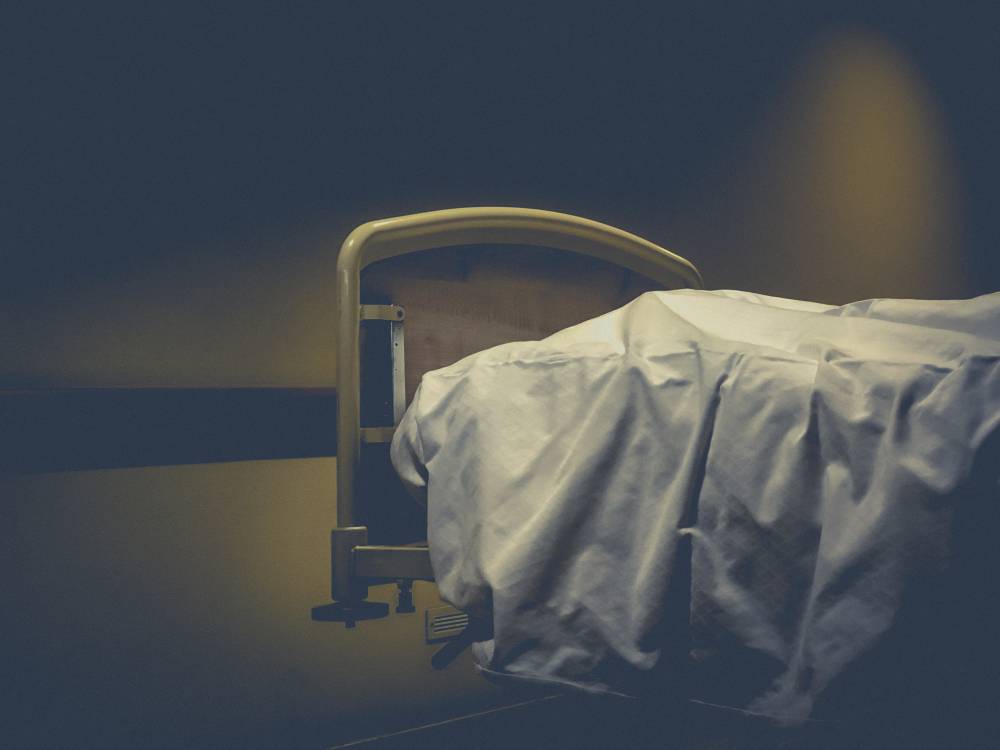
What happens to the body of the deceased after they pass is a topic that is not often spoken about in our society.
David Stevens, Manager of Operations with Tobin Brothers Funerals, said the topic is often shrouded in ‘urban myth’.
But I was inspired to look into this subject because of something that happened to me when my father died.
The day he died, I took my son to daycare before returning to see my father to say a final farewell. But when I arrived, I was told I was too late, his body had already been removed.
Though I was given the opportunity to see him a few days later, I have always felt it wasn’t the same as seeing him the day he died.
So, a decade later I have set out to find out what happens in these circumstances, and what say does family have in determining the timing of when a body is taken to the funeral parlour.
The first thing funeral parlour staff have to do is to confirm the identity of the deceased, Mr Stevens said.
“When we transfer a deceased from a nursing home (or any location), our staff are asked to do one major task and that is to ensure the identity of the deceased,” he said.
“Once confirmed, they place a wrist tag on the deceased confirming identity and then proceed with identifying any items of clothing and valuables such as wedding rings, jewellery, watches.
“These items are either removed and handed to the responsible person in attendance, or remain on and are noted on our property record sheet, signed and a copy left with the responsible person,” Mr Stevens said.
“We also ensure that the deceased is in a dignified state, and we will ensure clothing is tidied or we will use a sheet to ensure this is the case,” he said.
“A sheet is also used to wrap the deceased who is then placed on to the transfer stretcher, the stretcher has a specially designed cover which is secured, the deceased is seat belted into the stretcher and we then transfer to our waiting vehicle,” Mr Stevens explained.
How soon a deceased person has to be removed from the home depends on a number of factors, Mr Stevens said.
“The time taken to transfer a deceased into our care varies on each occasion,” he said.
Factors that may affect when a deceased is removed may include whether or not a doctor has to attend to verify death. In some nursing home, a registered nurse is also allowed to perform this duty.
The funeral parlour staff will also take into account if family still wants to attend, if family want to be there when we attend, and the policy of the aged care facility.
“The body does not have to be removed in a relatively short period of time,” Mr Stevens said, adding that family can ask for the deceased to remain for an extended period.
The next stage of the process is embalming, which can either be very simple or highly complex, depending on the circumstances. For example, if the deceased is being repatriated overseas, full embalming is required, Mr Stevens said.
If the family wish to see the deceased at this stage, the body is made presentable. The family may have provided clothing for the deceased to wear, but if not the deceased will be presented in a simple garment called a ‘shroud’.
Tobin Brothers Funerals trains people from all over the world in the art of embalming, so sometimes a student will assist.
Understanding the care, sensitivity and professionalism that goes into looking after the deceased helps to lessen the sadness I feel for not seeing my father the day he died.
The NOK has the say on whether to leave them at the NH or transfer to the funeral home of their choice as documented. Personally I think they look beautifully when they first die, they have a peaceful look, staff like to prepare them for family as in washing, clean sheets brushing their hair and even a little perfume for the ladies.